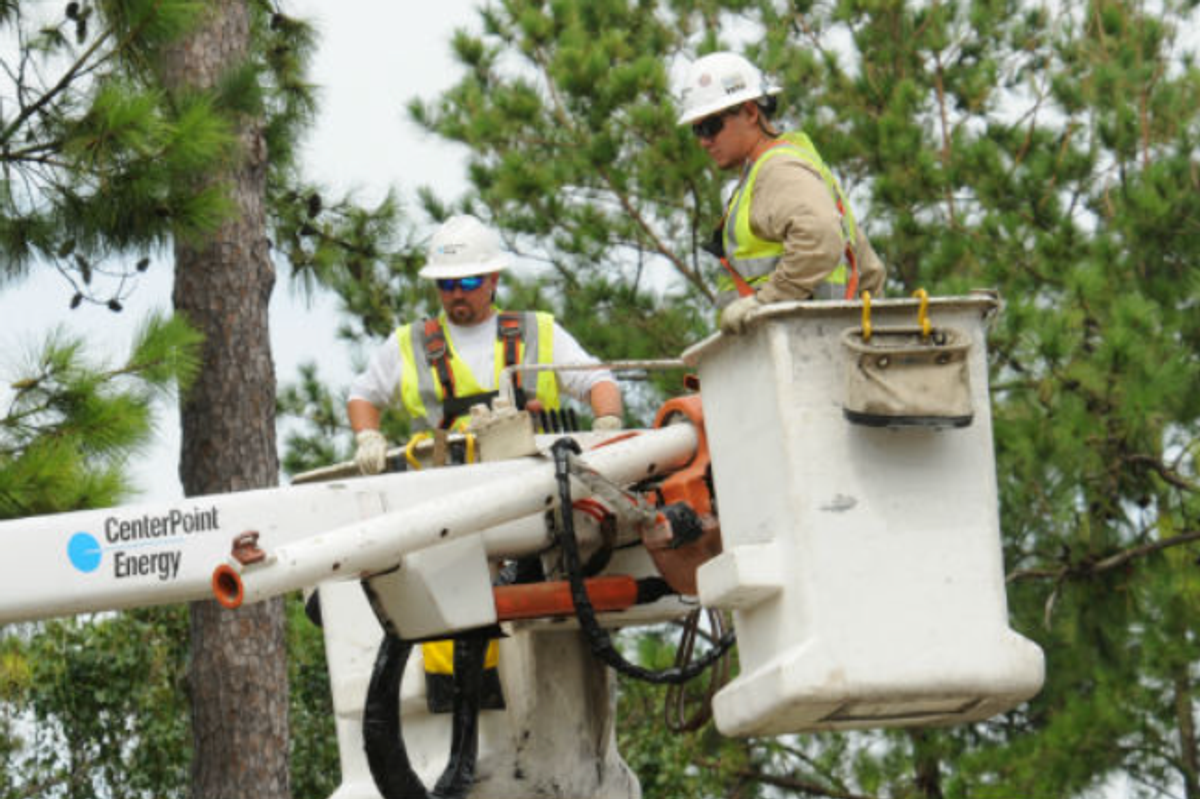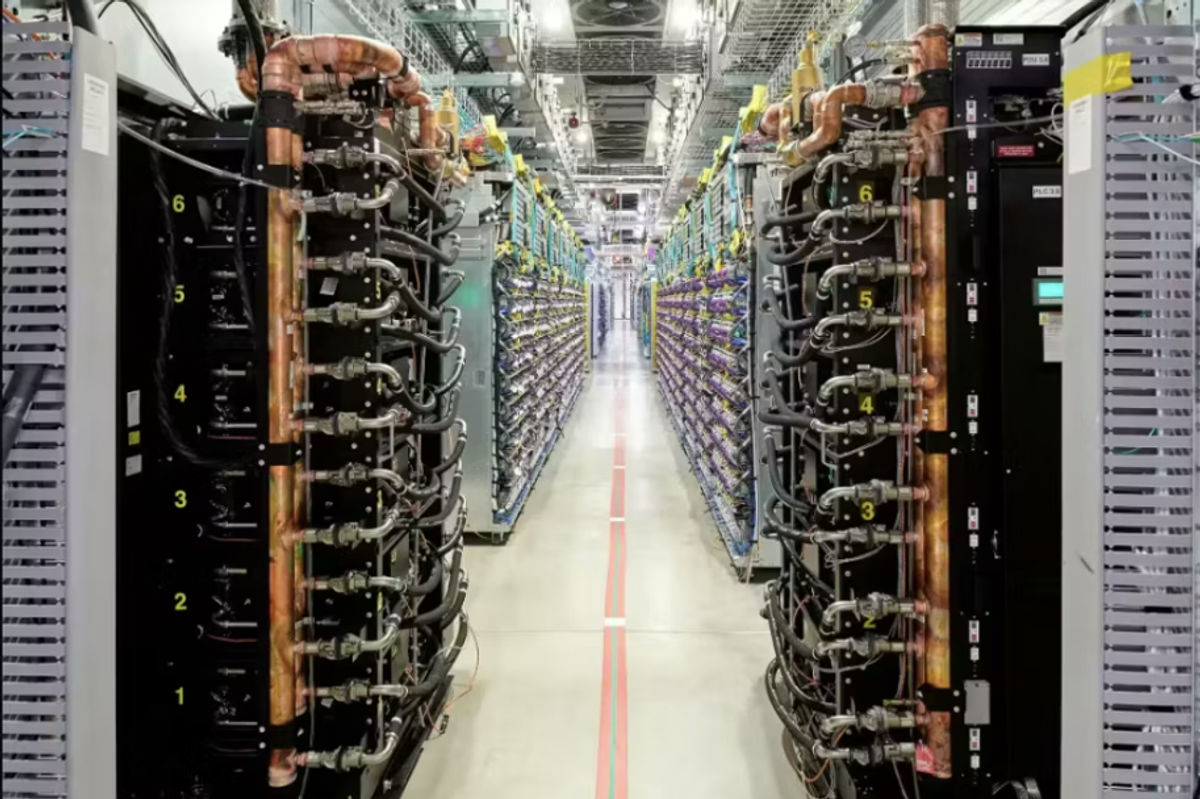Houston Methodist leader on the push for sustainable health care and new local event
Q&A
Every industry can play a role in the energy transition, and Houston Methodist is leading the charge in the health care sector.
Culminating at this week’s inaugural Green ICU Conference, part of Houston Energy and Climate Startup Week, the health care system has spent the last three years taking a closer look at its environmental footprint—and showing other hospital systems and medical organizations how they too can make simple changes to reduce emissions.
The event, held tomorrow, Sept. 17, at TMC Helix Park, will bring together health care professionals, industry leaders, policymakers and innovators to explore solutions for building a more sustainable healthcare system.
In an interview with EnergyCapital, Dr. Faisal N. Masud, medical director of critical care at Houston Methodist and a champion for sustainability efforts across the system, shares the inspiration behind the event and what attendees can expect to take away.
Tell us about how the Green ICU Conference came to be.
Houston Methodist’s inaugural Green ICU conference is about three years in the making. It originated because Houston Methodist recognized the significant impact health care has on sustainability and the lack of similar initiatives in the U.S.
The Center for Critical Care at Houston Methodist launched a sustainability-focused ICU initiative, published a roadmap and became involved in international efforts to develop guidelines that many other organizations now use. Our work led to the creation of the first Green ICU Collaborative in the country, and the Green ICU Conference was established to share best practices and address the global impact of critical care on the environment.
What were some of the biggest takeaways from the collaborative, and how are they represented in this new event?
Through the Green ICU Collaborative, we’ve seen that health care professionals can make a significant impact on sustainability through simple, practical changes, and many solutions can be implemented without major costs or compromising patient care. Additionally, there’s a strong link between environmental stewardship and patient safety and quality. These lessons will be represented in the new Green ICU Conference by showcasing easy-to-adopt best practices, emphasizing the importance of sustainability in daily health care operations, and fostering a sense of shared responsibility among attendees to improve both patient outcomes and environmental impact.
Why are ICUs considered to be such carbon hot spots?
ICUs are considered carbon hot spots because they care for the sickest patients, requiring intensive therapies, numerous medications and a large amount of equipment, such as ventilators and pumps. This makes them the most resource- and energy-intensive areas in a hospital. A single day in the ICU can have a greenhouse gas impact equivalent to driving a car 1,000 kilometers.
The U.S. health care sector is responsible for approximately 8.5 percent of greenhouse gas emissions, and hospitals are the second-most energy-intensive commercial buildings in the country. With the Texas Medical Center being in the heart of Houston, it’s critical that health care organizations play a role in this area.
That’s why the Center for Critical Care launched a system-wide Green ICU Initiative with the Houston Methodist Office of Sustainability to help reduce our carbon impact and waste while continuing to provide unparalleled patient care. Innovation is part of our culture, and that extends into our sustainability efforts. Houston Methodist’s Green ICU initiative is the first-of-its-kind in the U.S.
What efforts has Houston Methodist taken to cut emissions?
The first step to cutting emissions is measuring an organization’s carbon footprint to determine the best path forward. Houston Methodist’s Office of Sustainability has aggregated two years of baseline emissions data pending third-party validation. The hospital has taken several steps to cut emissions, including implementing composting programs, installing solar panels, improving energy utilization and participating in global plastic recycling initiatives. These efforts are part of a broader commitment led by our Office of Sustainability to reduce the hospital’s environmental footprint.
Tell us a little more about the event. Who should attend? What do you expect to be some of the highlights?
The Green ICU Conference, taking place during Houston Energy and Climate Week, is focused on health care sustainability, bringing together health care professionals, engineers, experts and anyone interested in reducing health care’s environmental impact. With participants and speakers from six countries, the conference brings together leading experts who aim to raise awareness, share best practices and offer practical, easy-to-adopt solutions for making health care more sustainable.
Highlights include perspectives from leading voices in health care sustainability, real-world examples of successful sustainability initiatives and opportunities for networking and collaboration. Anyone interested in health care, sustainability,or making a positive impact in their community should consider attending.
And, because of increasing interest, we’ve opened up the opportunity for attendees to join virtually at no cost or in person.
What do you hope attendees take away? What are your major goals for the event?
The main goals of hosting the Green ICU Conference for the first time are to raise awareness about the environmental impact of health care; engage and empower attendees to implement easy, practical sustainability solutions; and foster a sense of shared community and responsibility.
I hope attendees leave the event feeling motivated and equipped to make meaningful changes in their own practices, whether that’s improving patient care, supporting their colleagues, or leaving their organization and environment in a better place for future generations.
- Rice Alliance names participants in 22th annual energy forum ›
- Energy Tech Nexus announces international startups to pitch at Pilotathon ›
- 10+ Houston energy transition events to attend in September 2025 ›
- Houston Energy and Climate Startup Week announces 2025 dates, key events ›
- 8+ can't-miss events at Houston Energy and Climate Startup Week 2025 ›
- How this Houston hospital is leading sustainable health care ›










